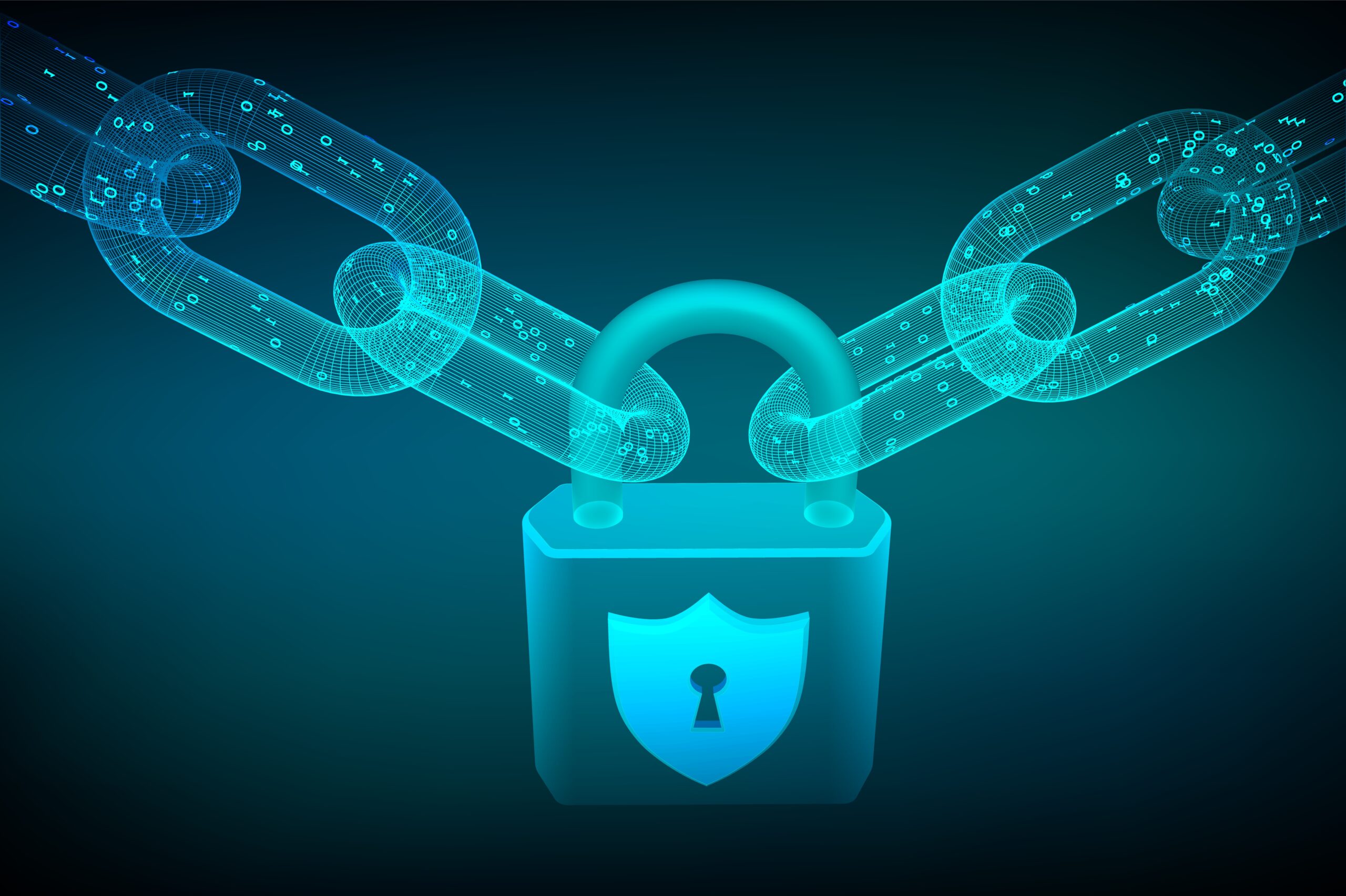For decades, encryption has been the bedrock of digital security. From online banking transactions to private WhatsApp chats, cryptography ensures that sensitive information stays confidential and untampered. But a looming challenge threatens to upend this foundation: quantum computing. Quantum computers, with their ability to solve problems classical computers cannot, pose a serious threat to today’s most widely used cryptographic algorithms. Experts warn that once large-scale quantum computers become available, traditional methods such as RSA and ECC could be broken within minutes.
What is Post-Quantum Cryptography (PQC)?
Post-quantum cryptography (PQC) refers to algorithms designed to resist quantum attacks while remaining efficient on classical systems. Unlike “quantum cryptography,” which relies on quantum mechanics for secure communication, PQC is software-based and can be integrated into today’s infrastructure. The NIST PQC project has been evaluating algorithms since 2016, with finalists now undergoing standardization. Leading candidates include:
- CRYSTALS-Kyber – for key encapsulation.
- CRYSTALS-Dilithium – for digital signatures.
- Falcon – for digital signatures.
These rely on lattice-based cryptography and other mathematical approaches that remain resistant to both classical and quantum attacks.
Why Quantum Computing Poses a Threat
Modern encryption relies on the mathematical difficulty of problems like factoring large prime numbers (RSA) or solving discrete logarithms (ECC). On classical computers, these tasks take infeasible amounts of time, providing the backbone of digital trust. The threat emerges with Shor’s Algorithm, a quantum algorithm capable of solving these problems exponentially faster. With a sufficiently powerful quantum computer, encryption standards such as RSA-2048 could collapse in hours, exposing billions of communications, transactions, and stored data.
“Harvest Now, Decrypt Later” Attacks
The risk is not limited to the future. Adversaries can intercept and store encrypted information today, planning to decrypt it once quantum computing matures — a tactic called “harvest now, decrypt later.” This poses long-term dangers like:
- Government data: classified intelligence could be exposed decades later.
- Healthcare records: sensitive patient information could be exploited long after its capture.
- Intellectual property: designs, patents, and trade secrets risk being revealed when they may still hold value.
The long shelf-life of sensitive data makes this one of the most urgent cybersecurity challenges.
Migration Strategies: Crypto Agility and Hybrid Schemes
Transitioning global infrastructure to PQC will not happen overnight. Organizations need crypto agility — the ability to quickly replace or update cryptographic algorithms as standards evolve.
One emerging solution is hybrid cryptography, which combines classical and post-quantum algorithms. For example, a TLS handshake could include both RSA and Kyber, ensuring protection even if one scheme is compromised. This dual-layer approach provides resilience during the transition period. Key considerations for migration include:
- Inventorying all cryptographic assets across applications and devices.
- Running pilot programs with PQC implementations.
- Training IT teams on crypto-agile frameworks.
High-Risk Use Cases
Some sectors face greater urgency in preparing for PQC than others:
- Financial services: trillions of dollars flow daily across systems dependent on encryption. A quantum breach could devastate global markets.
- IoT and embedded devices: many devices are deployed with lifespans of 10–20 years. Without PQC integration, they could become insecure within their operational lifetime.
- Military and government communications: highly classified information must often remain confidential for decades, making it especially vulnerable to “harvest now, decrypt later” attacks.

